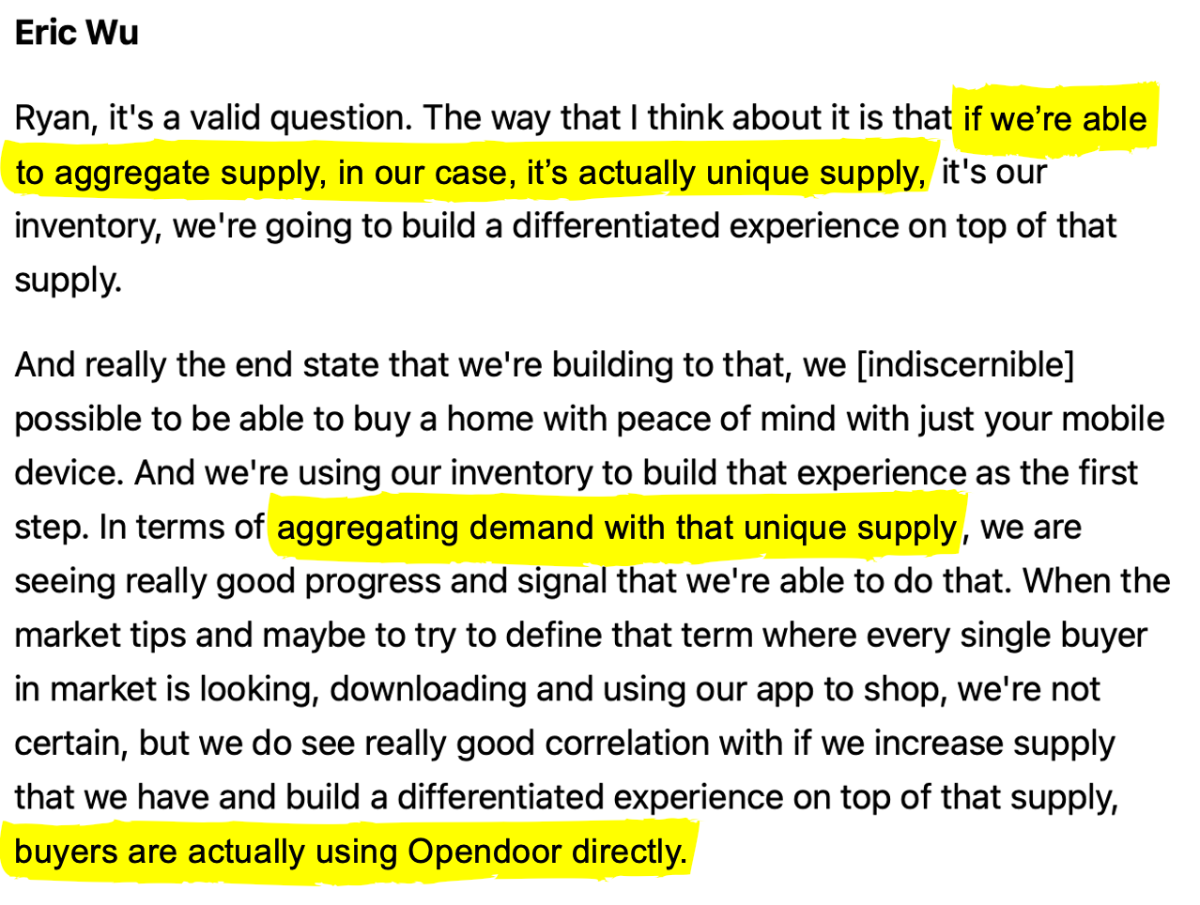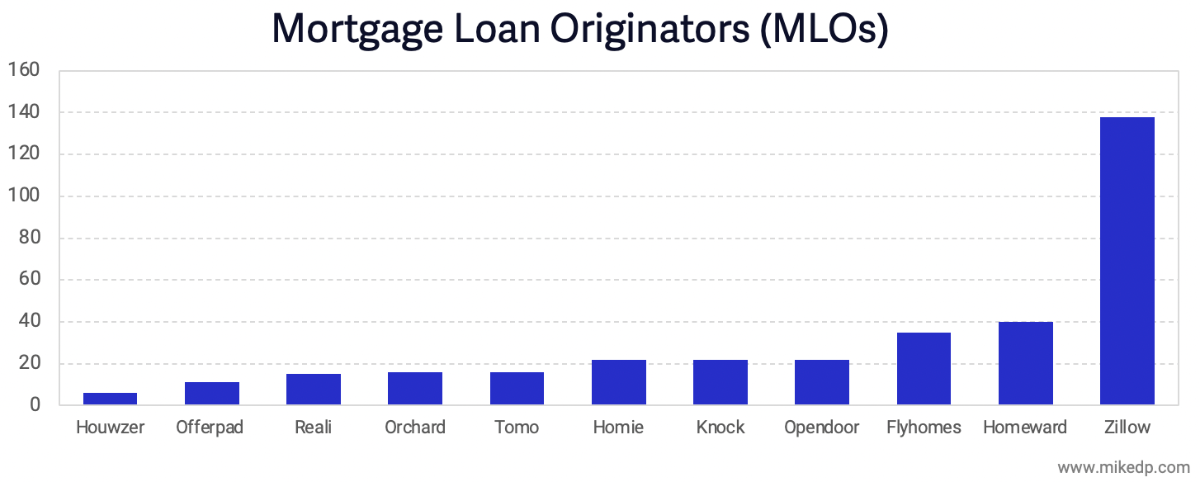Incentive Splits and Agent Retention
/Brokerages are employing a variety of incentives in the ever-expanding battle to win over the hearts and minds of real estate agents, including an innovative golden handcuff known as “Incentive Splits.”
Why it matters: Incentive Splits create an ever-increasing bill that an agent must repay if they leave a brokerage – which can effectively lock an agent into staying even when they want to leave.
This analysis focuses on Compass, where there is the most evidence, but the company is not alone in employing the practice.
Incentive Splits, a term included in some Compass agent agreements, are bonus commissions that range from 2–10 percent.
These commissions accumulate over time, creating an ever-growing balance that an agent must repay if they want to leave Compass.
The contract language states that if an agent leaves within two years of receiving any incentive, including an Incentive Split from a home transaction, the agent must repay all Incentives back to Compass.
In reviewing several contracts, this timeframe has ranged from one to three years.
The bill can add up quickly, especially for top performing agents that wish to leave: the invoice below (which may not be representative of the average Compass agent) includes over $72,000 in Incentive Splits, payable back to Compass.
Yes, but: It’s not clear how widespread this practice is – I’ve seen Incentive Splits included in the contracts of around 20 current and former Compass agents.
A Compass spokesperson told me that since the company stopped offering cash incentives to agents in 2022, this only impacts a small group of agents.
Compass is not alone: the invoice below from Corcoran includes a $43k bill for “Split Overpayments,” which is the same as an Incentive Split.
The incentive to agents is clear – extra cash in their pockets – but the mechanics are designed as golden handcuffs: financial incentives given to employees and contractors to discourage them from leaving a company.
But unlike other golden handcuffs, Incentive Splits don’t expire or vest after a certain amount of time.
The bottom line: Incentive Splits appear to be an inventive mechanism to incentivize agents to stay with their brokerage – by creating an ever-growing bill that must be repaid if they want to leave.
Putting aside effectiveness and intention, the key takeaway for agents is clear: read the fine print.
Perhaps at the “brokerage of the future,” agents will stay because they want to, not because they have to.













































































































